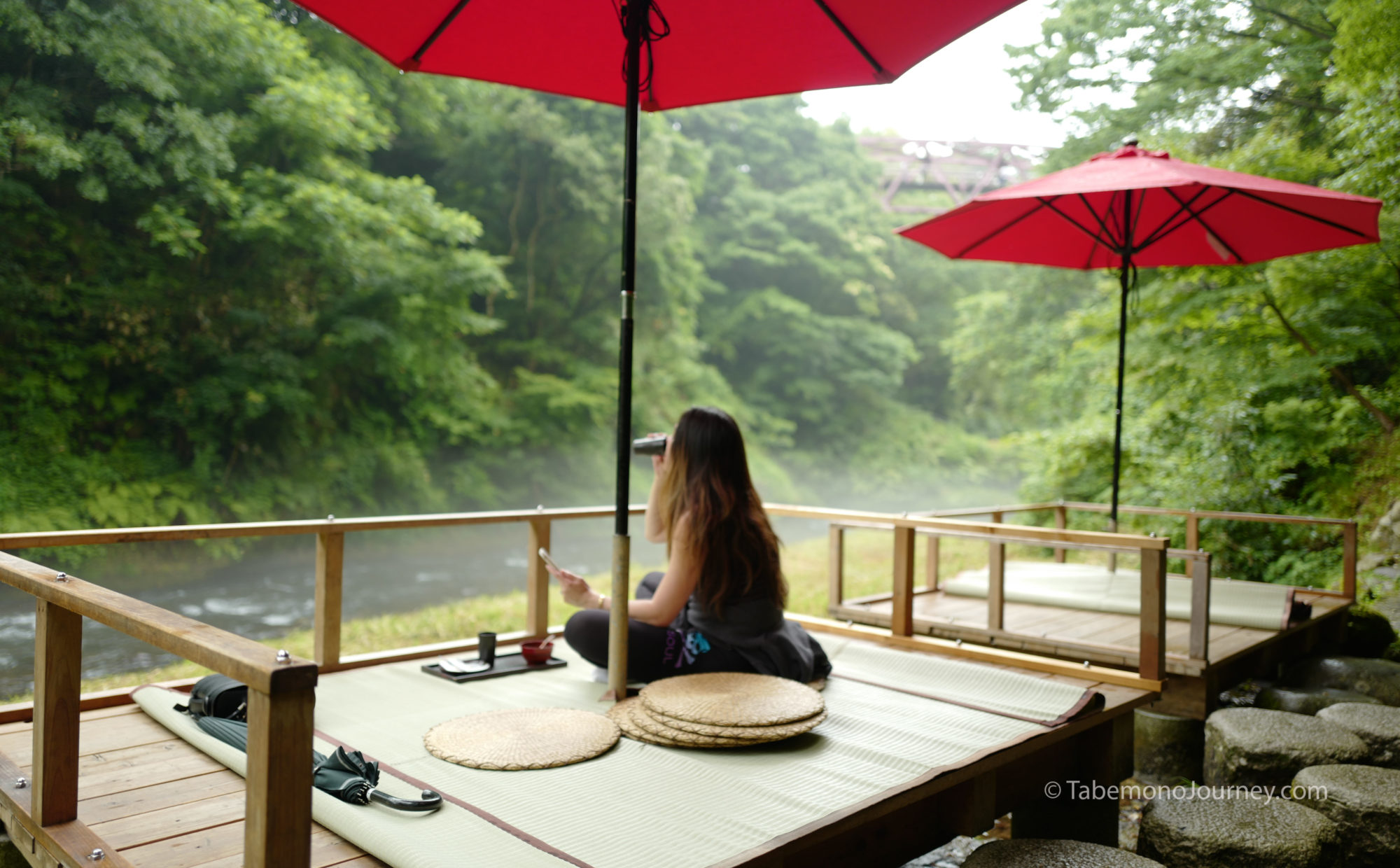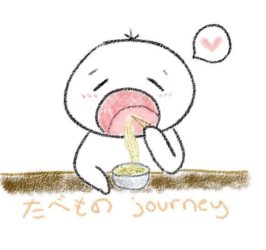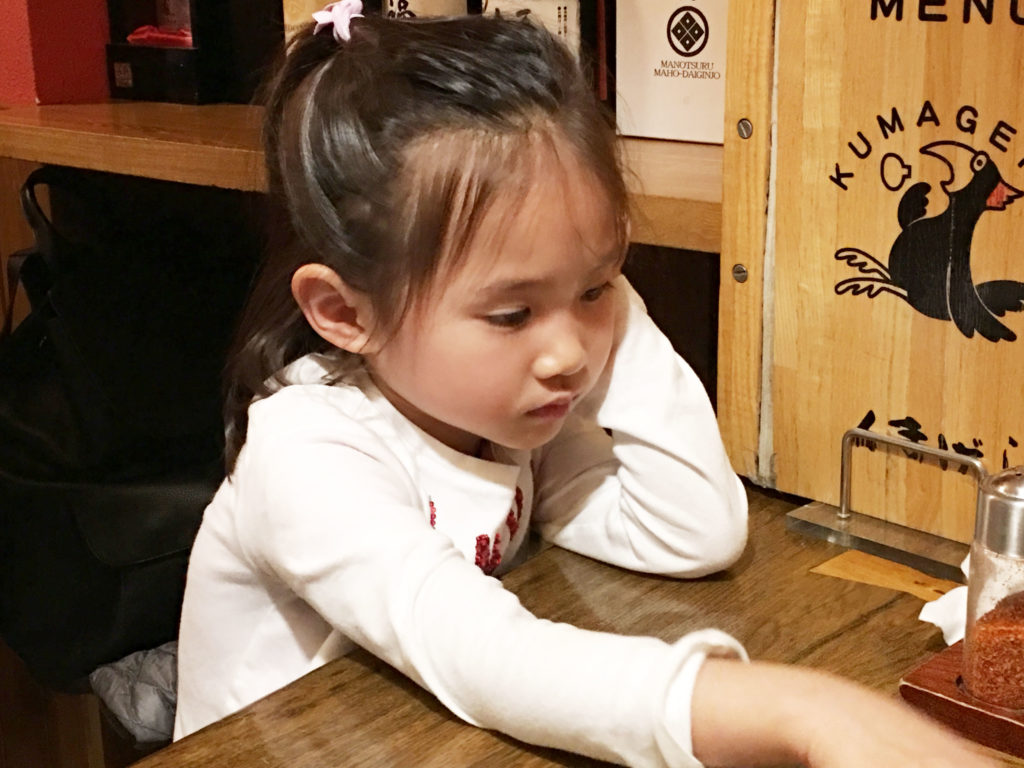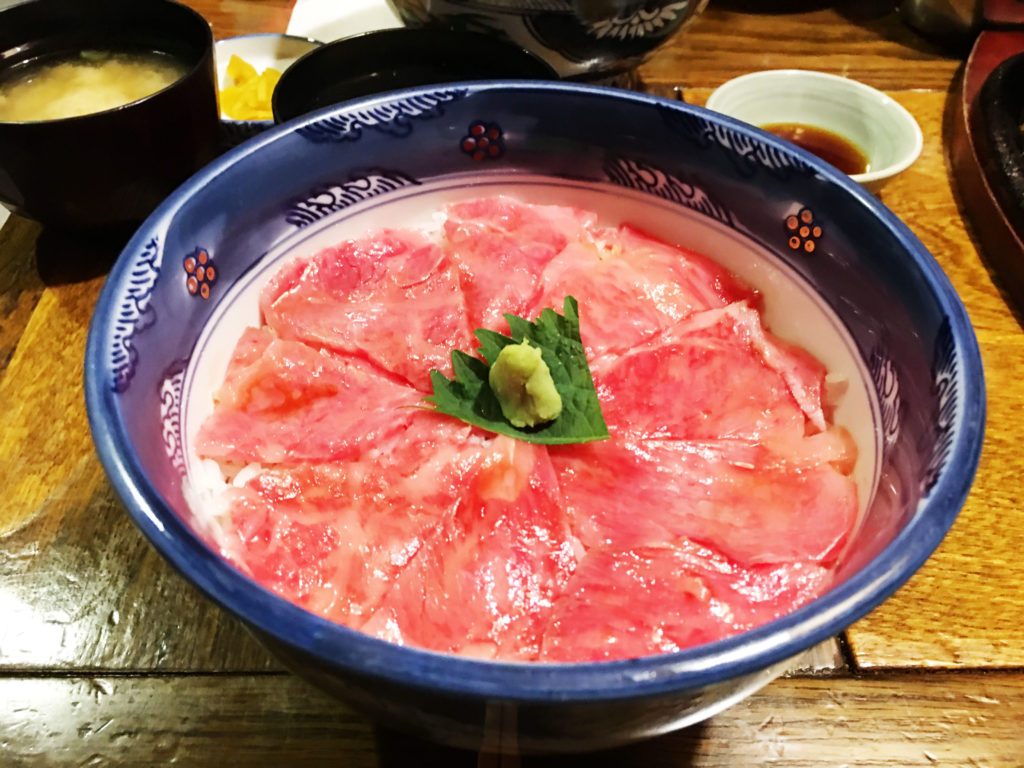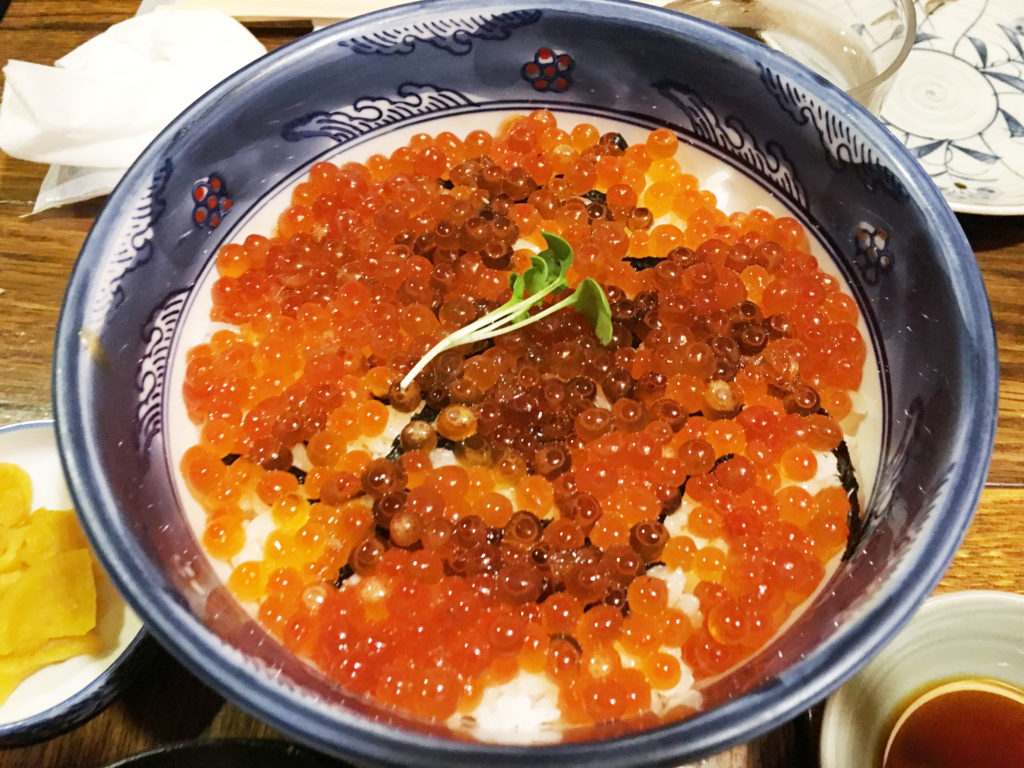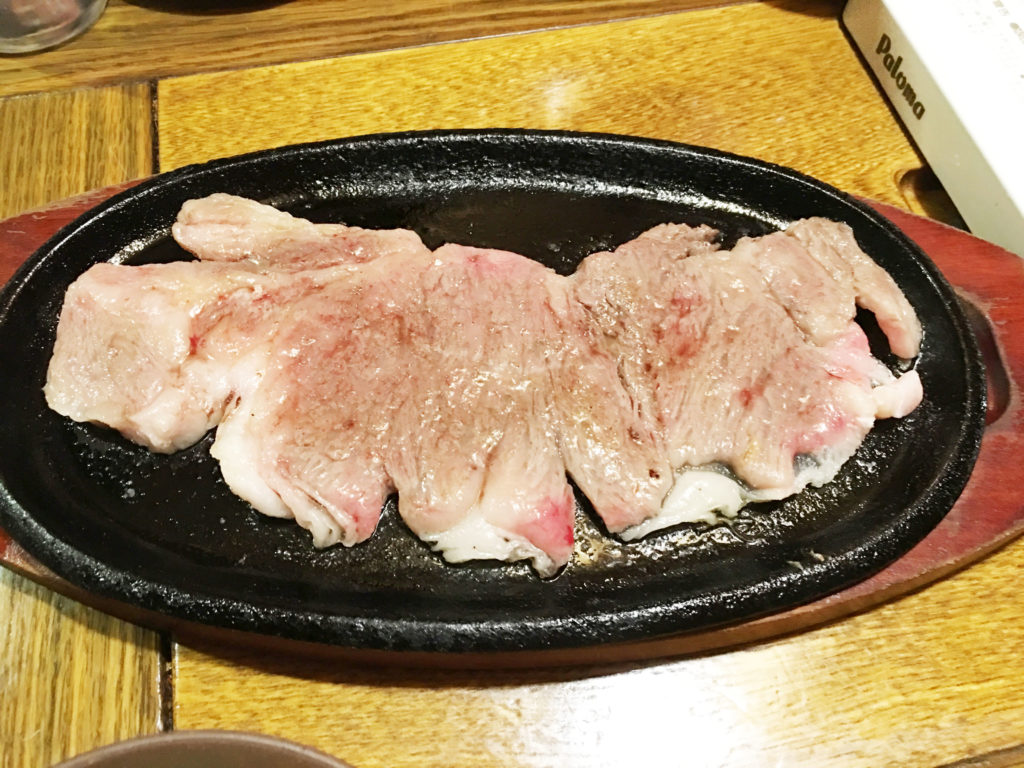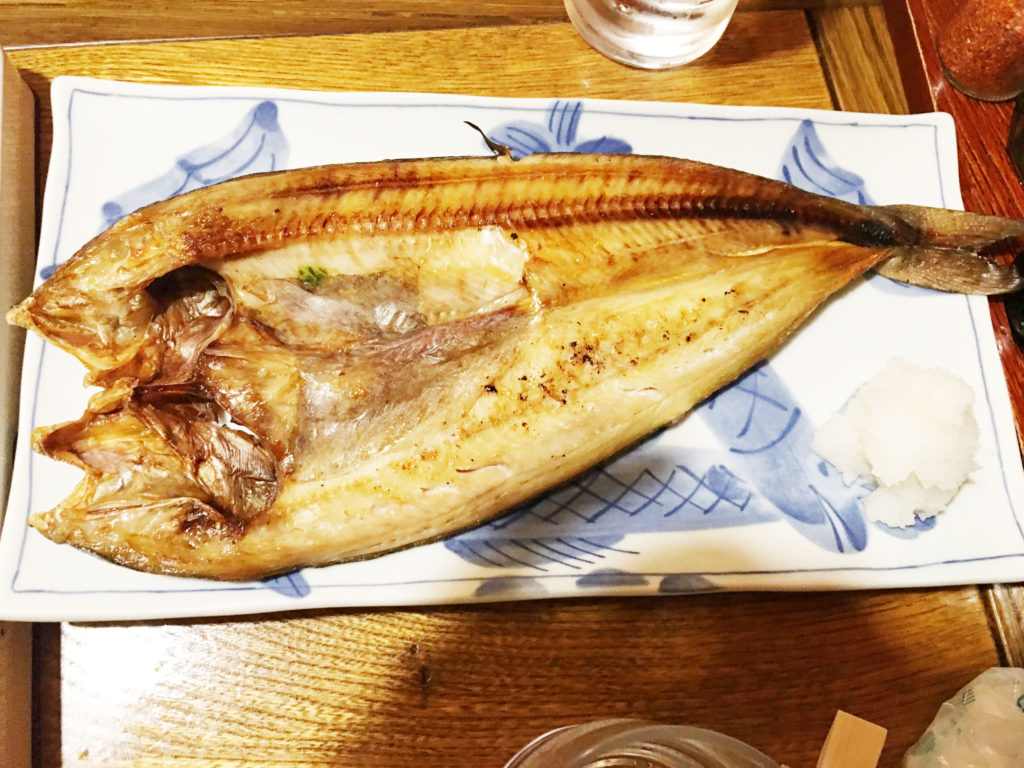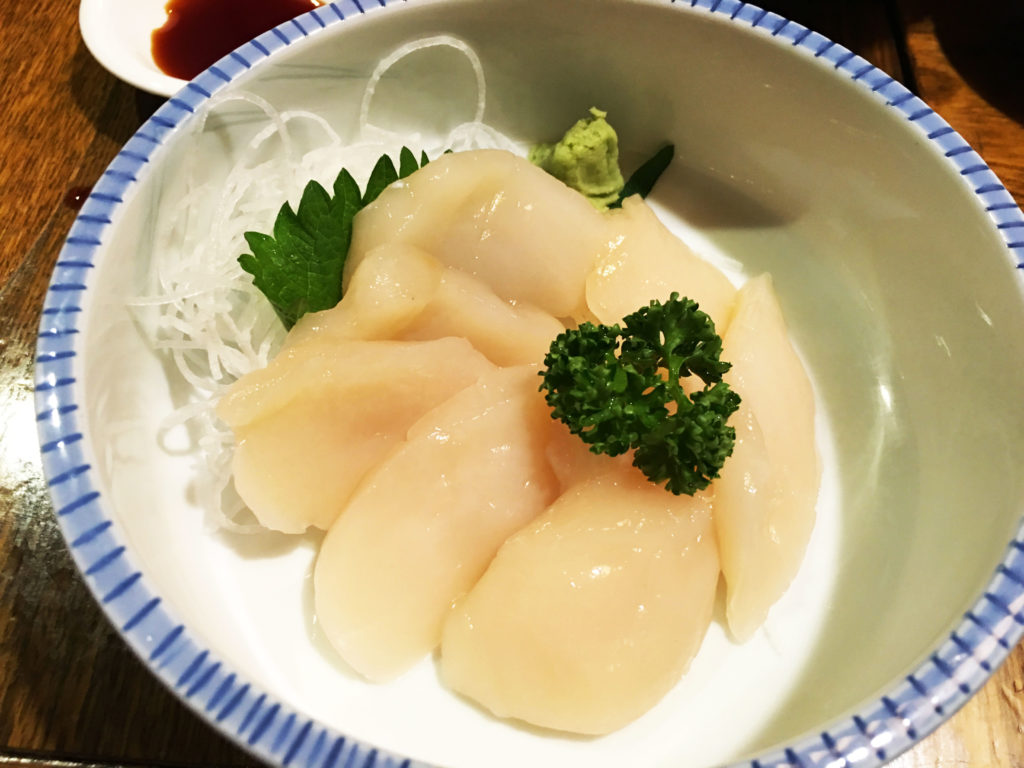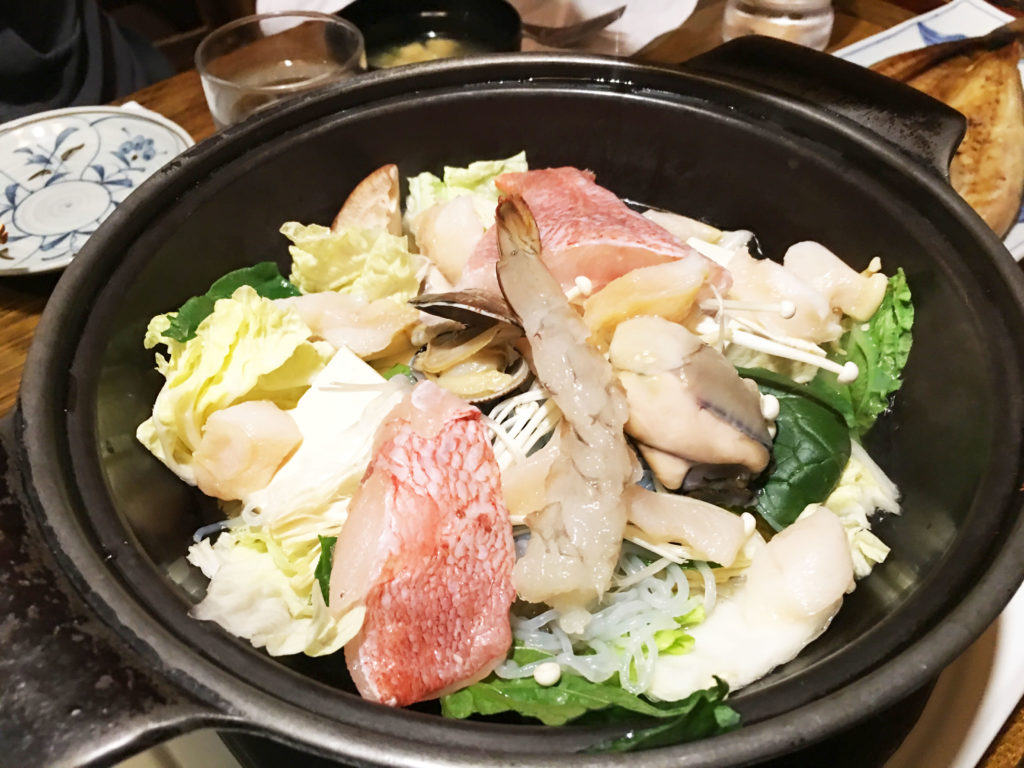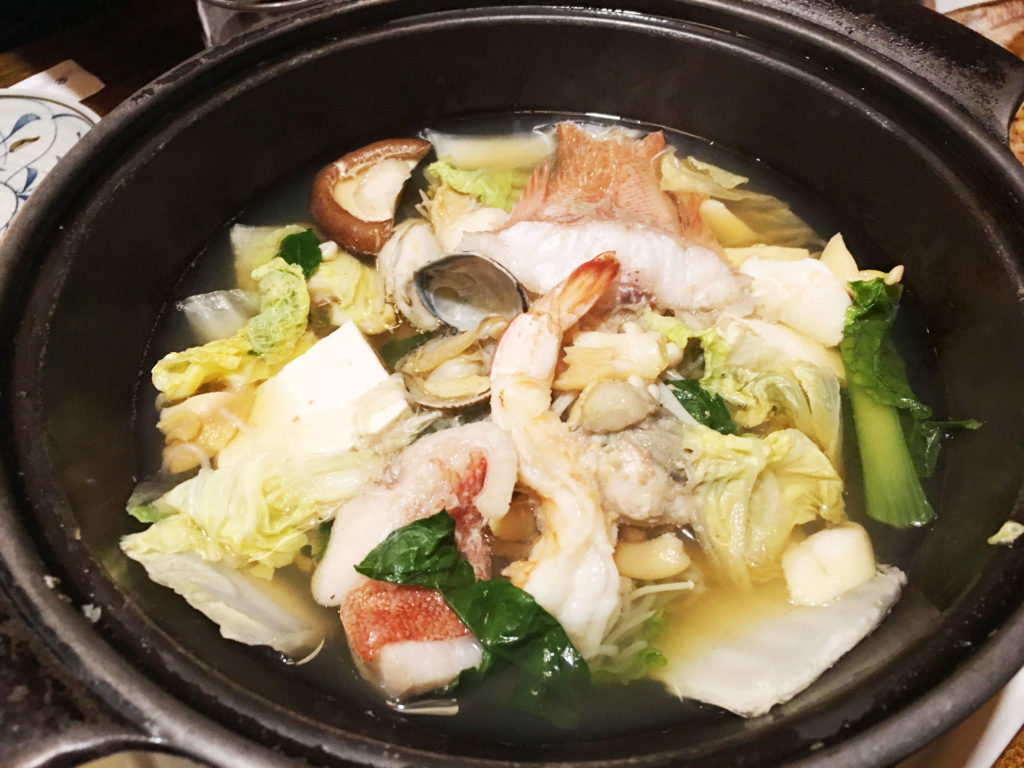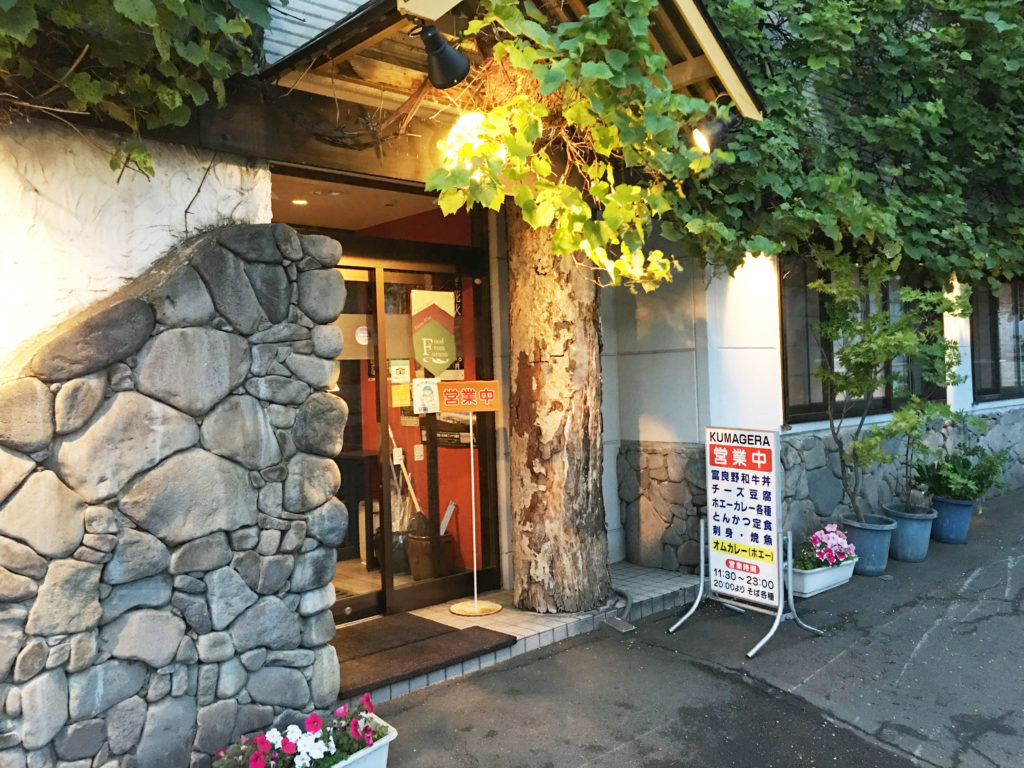 Continued from post – here and the start of the journey started here.
Continued from post – here and the start of the journey started here.
After a full day of the zoo as well as being on the road, we all took our time relaxing at our condo. For dinner, I had plans for us to go to Kumagera, as it focuses on Furano’s local style cuisine. The name of the restaurant means black woodpecker, which is Furano’s town bird. While they serve great seafood, they are known for their Sanzoku Nabe hot-pot (a miso broth with venison, chicken, and duck) and focuses on local meat dishes (including bear and deer) as Furano is more inland.
The restaurant had a rustic theme, and while we waited for our table, I learned that a lot of the building materials of the restaurant all came locally in Furano. The stone decorations they used throughout the restaurant were gathered from the fields while Furano was being developed. The beams came from the bottom of the local river and were swept there from mudslides caused by volcanic eruptions. The curtains are dyed red from local onions, and the ceiling is adorned with local hops used in the beer making. Not that these things were why I wanted to try the restaurant, but admiring the decorations helped pass the time while waiting. We waited for about 15 minutes as I didn’t make reservations, which is not too bad for a family of six.
My youngest was still tired from her nap. We had a full day of sight-seeing at the zoo and a full drive. This was right when we were seated. She’ll perk up once the food arrives. Notice the menu in the background with their black woodpecker mascot which is the restaurants namesake. Here’s what we ordered:
The local A5 Hokkaido wagyu (beef) sashimi over rice was amazing. The Hokkaido wagyu here are a black cow breed and they only use the sirloin cut in the restaurant. We were told to mix the wasabi and soy sauce and drizzle over the bowl. Since the rice was warm, it slightly melted the fat of the wagyu, creating a melt-in-your-mouth texture from the thinly sliced beef. It was delicious.
The ikura-don was a dish we ordered for our two youngest children, who both love these briny pop-in-your mouth goodness. These were shoyu marinated and each roe was very firm. Hokkaido has the best ikura.
Sirloin of A5 Hokkaido wagyu on a hot plate. It was cooked right on the hot plate and had a melt-in-your-mouth texture. It was very good, but did not wow us as much as the wagyu sashimi over rice. We had similar preparations of other wagyu like Sanda, Kobe, and Miyazaki wagyu in the past. Therefore, it did not impress us as much, but it was nice to have tried the different regional wagyu to compare.
Hokke no Hikari, which is also known as atka mackerel, is a specialty of Hokkaido where the fish is cut length wise and opened for drying and later grilled. The drying process concentrates the flavor and brings out the oils when grilled. The hokke’s high fat content gave the firm meat a juicy and moist texture. It was delicious and paired well with sake.
Hotate (scallop) sashimi. It was so fresh that all you needed was a light dip of soy and a small dollop of wasabi. It was plump, sweet, delicious, and so cheap.
We also ordered a hot-pot. While the Sanzoku was more famous, the kids wanted the seafood nabe as they did not want to eat deer. I should have told them venison was pork so we could have tried the Sanzoku. Our seafood nabe would be covered and cooked in front of us on a portable stove.
The seafood nabe had kinki fish (a deep-sea snapper), shrimp, clams, oyster, scallops, local vegetables, enoki, and potato noodles. The broth was a shoyu dashi. It was good and the warm broth was perfect as the weather was a bit chilly outside. Overall, we enjoyed Kumagera, and if we ever come back to Furano, would definitely eat here again.
We headed back to our condo after the meal and prepared for our next day visiting the key attractions in Furano and Biei which continues here.
